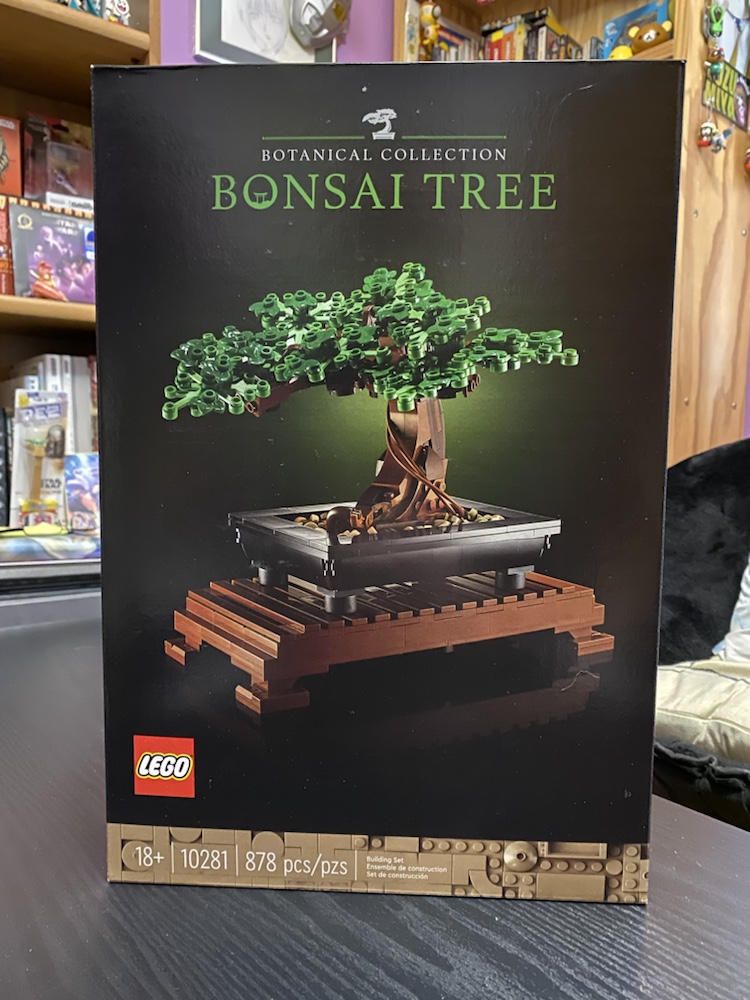
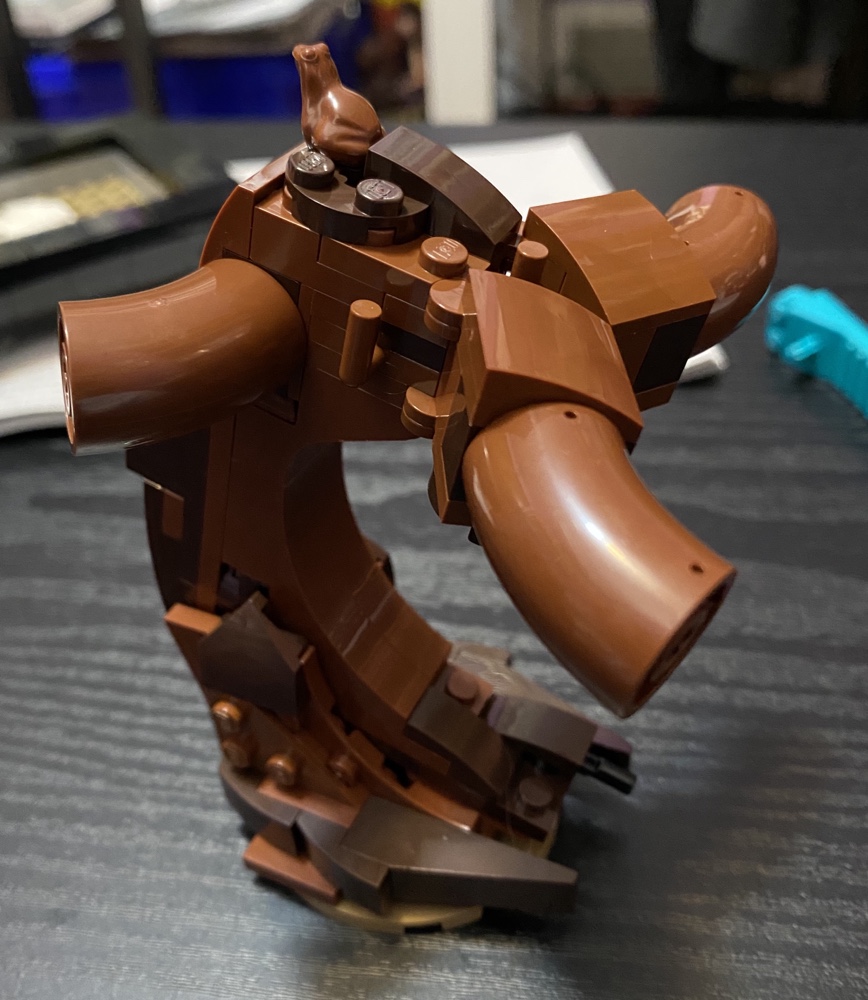
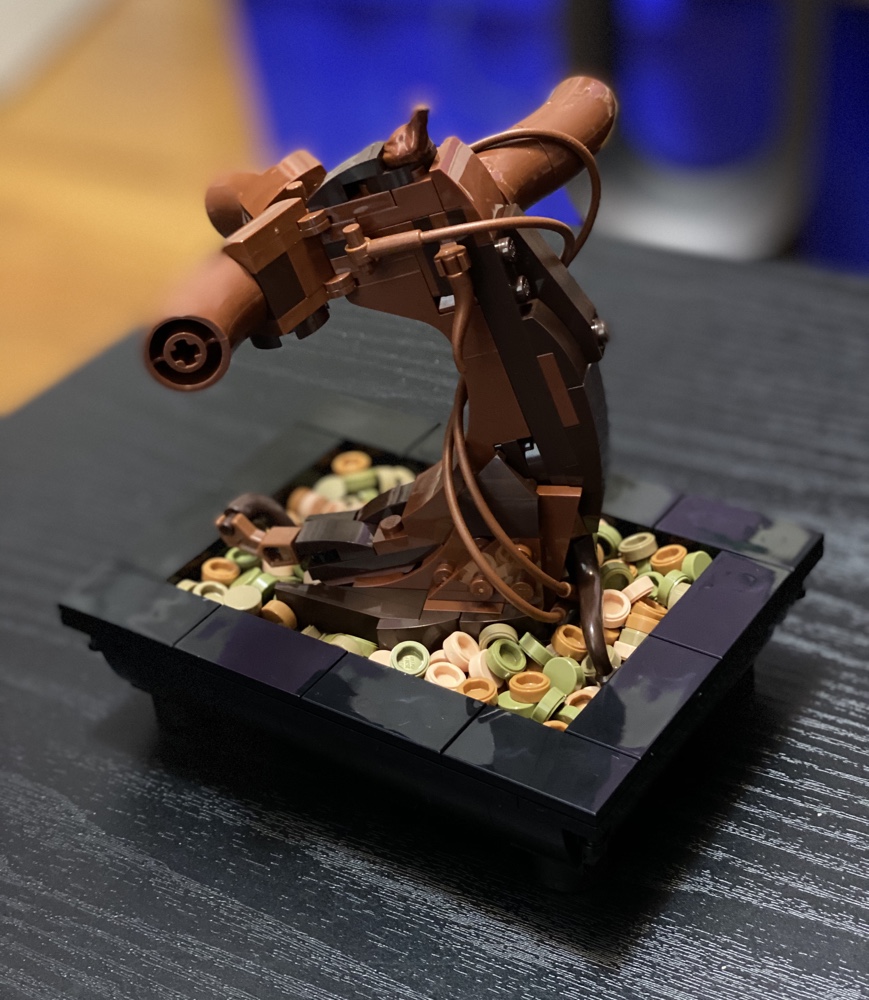
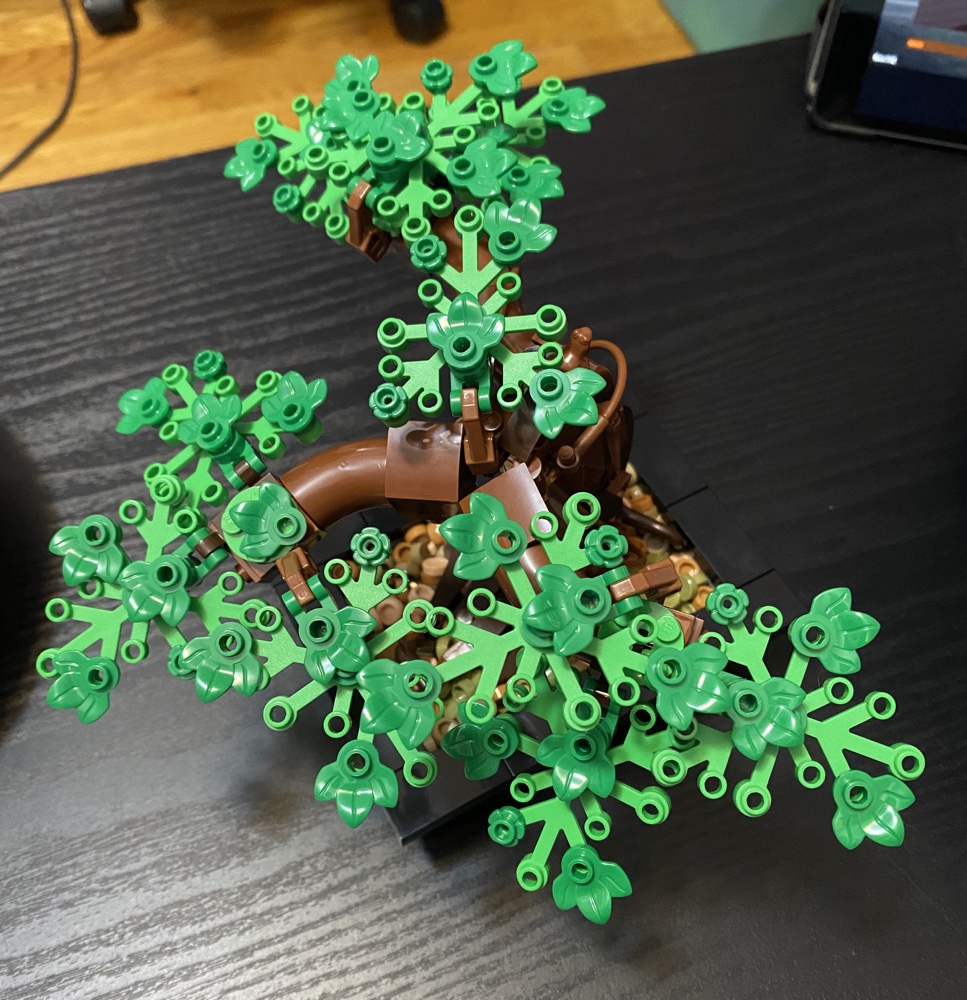

It also has a cherry blossom mode, with pink flowers, that I’ll probably make in the spring.
“Life In The So-Called Space Age”





It also has a cherry blossom mode, with pink flowers, that I’ll probably make in the spring.
Earlier this year LEGO released a set of the Nintendo Entertainment System (NES) and I bought it online within moments of it being listed.
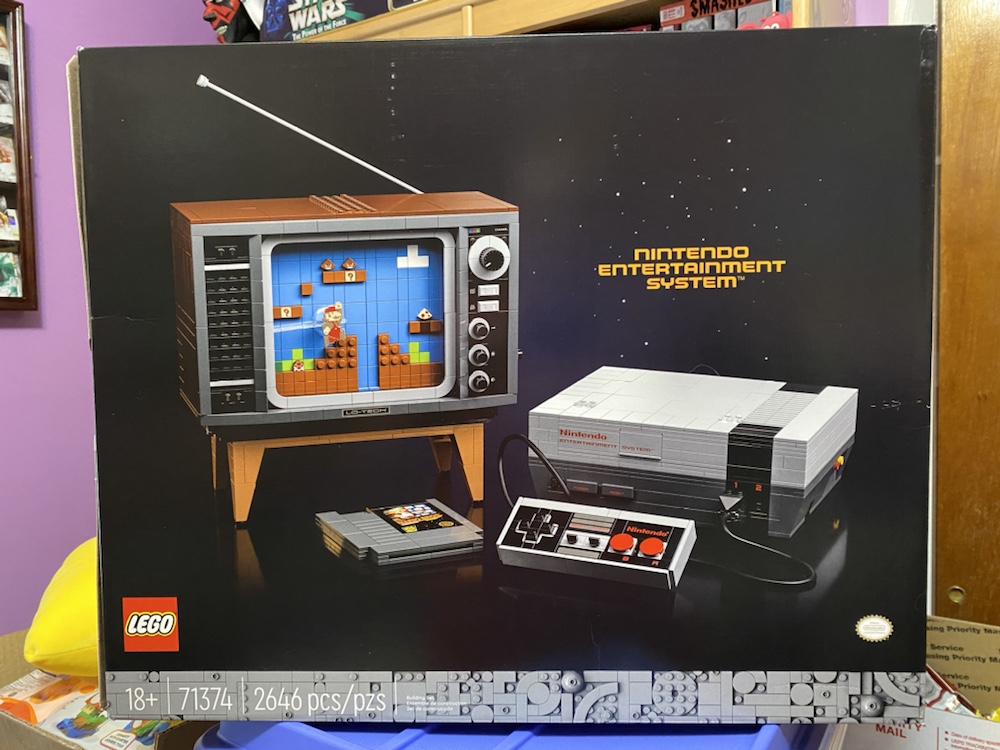
It builds in two parts, the console and the TV. I built the console first. It was a fairly easy build, but the engineering is impressive (amazing even) since it has a working cartridge tray (which locks into place) and the model reproduces to uncanny detail every aspect of an actual NES including all the plugs and sockets.
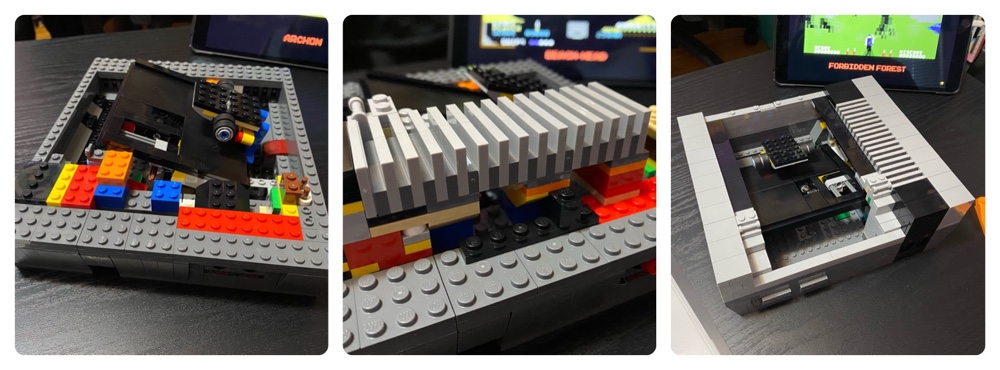
Here it is finished. You can see the (LEGO) Super Mario Brothers cartridge in the tray.
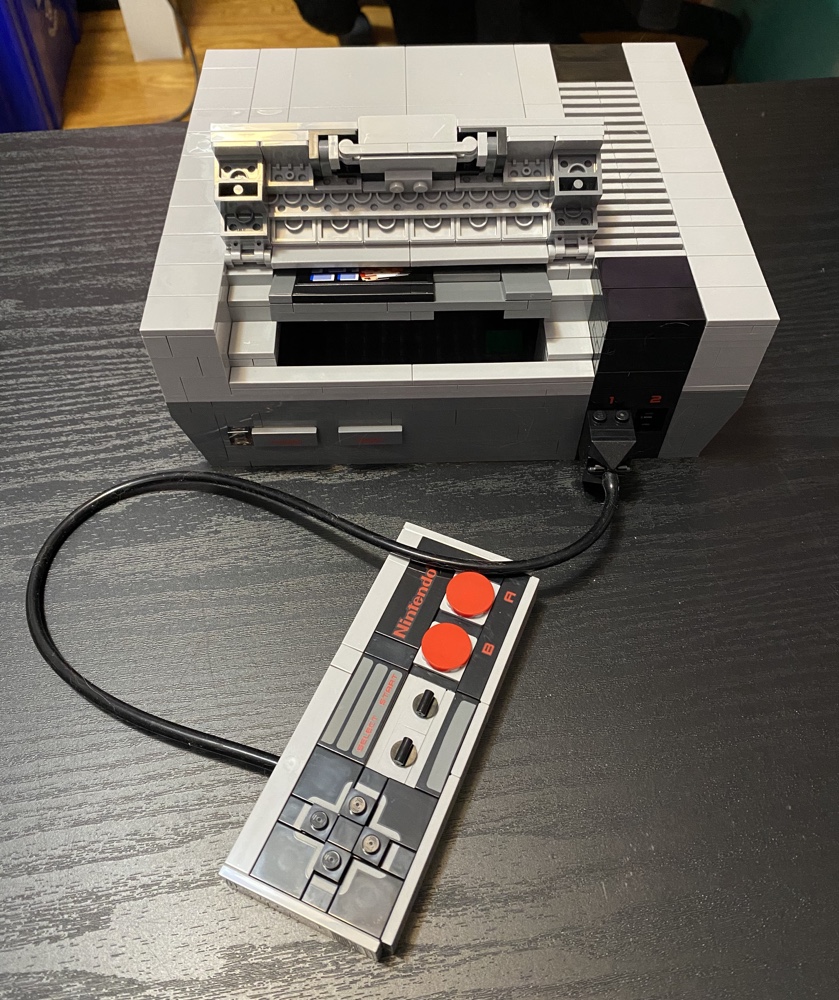
Next game the TV. While I would have been perfectly happy had the set been the console alone, the inclusion of the TV takes it to another level since they actually include a scrolling playfield to simulate the game itself.
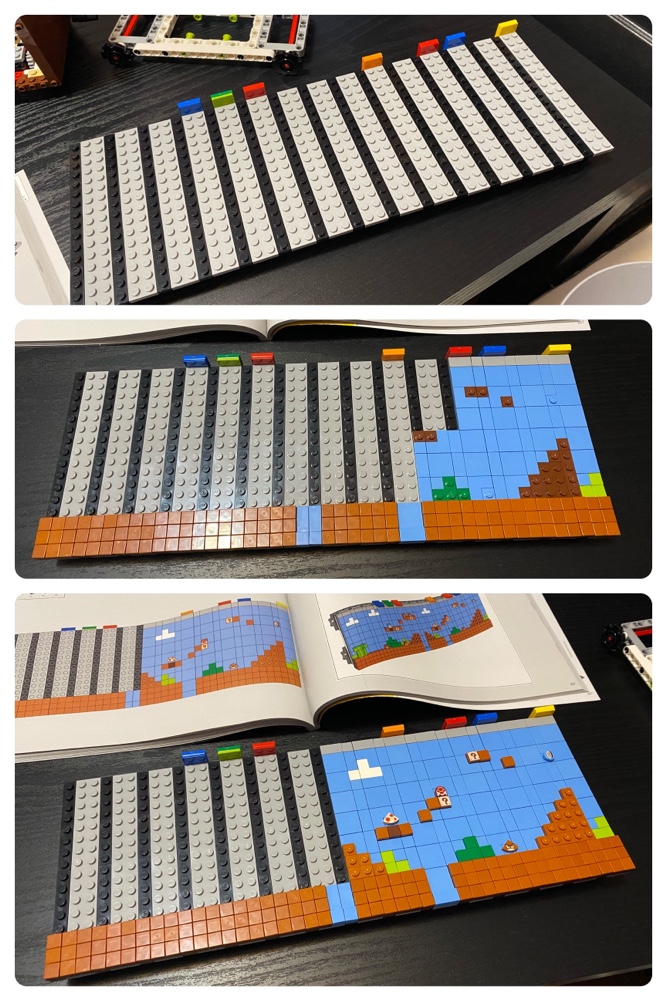
This works by creating a belt mounted on tracks, which then turns via a crank mounted on the side. This works seamlessly and smoothly and is just another example of how clever LEGO engineers have become.
Here’s the TV interior with the scrolling belt attached:
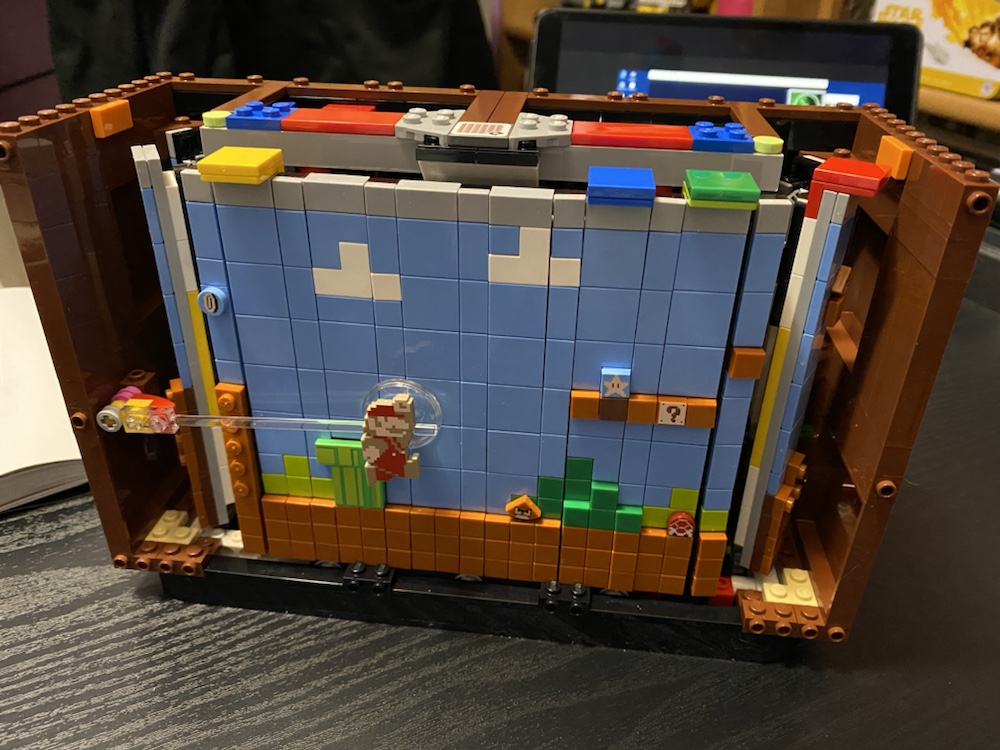
This was a great kit to build, and for old school gamers such as myself the nostalgia value is through the roof. This is easily my favourite LEGO kit to date, and one I’ll likely keep assembled and on display for a very long time.
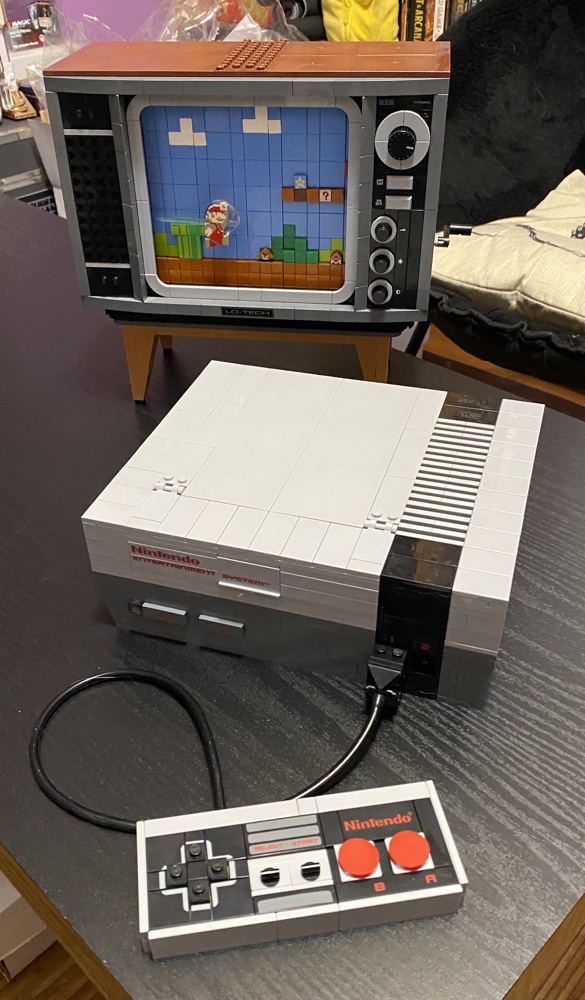
I bought this a couple of weeks ago:
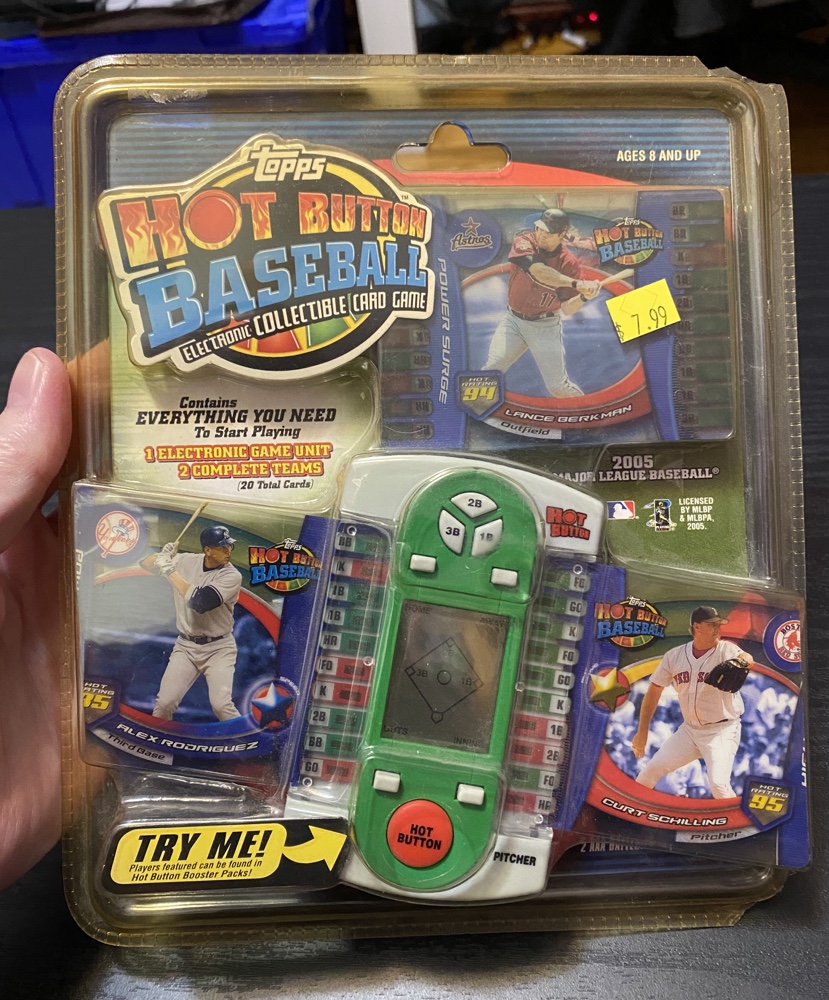
It’s a product from 2005 and yes, I paid $7.99. I found it in the budget bin of a weird store that sold toys and sports memorabilia. It caught my eye because it seemed to have a Barcode Battler vibe, and for that reason alone I needed to know more. Here’s the back of the package:

And here is the device itself unpacked:
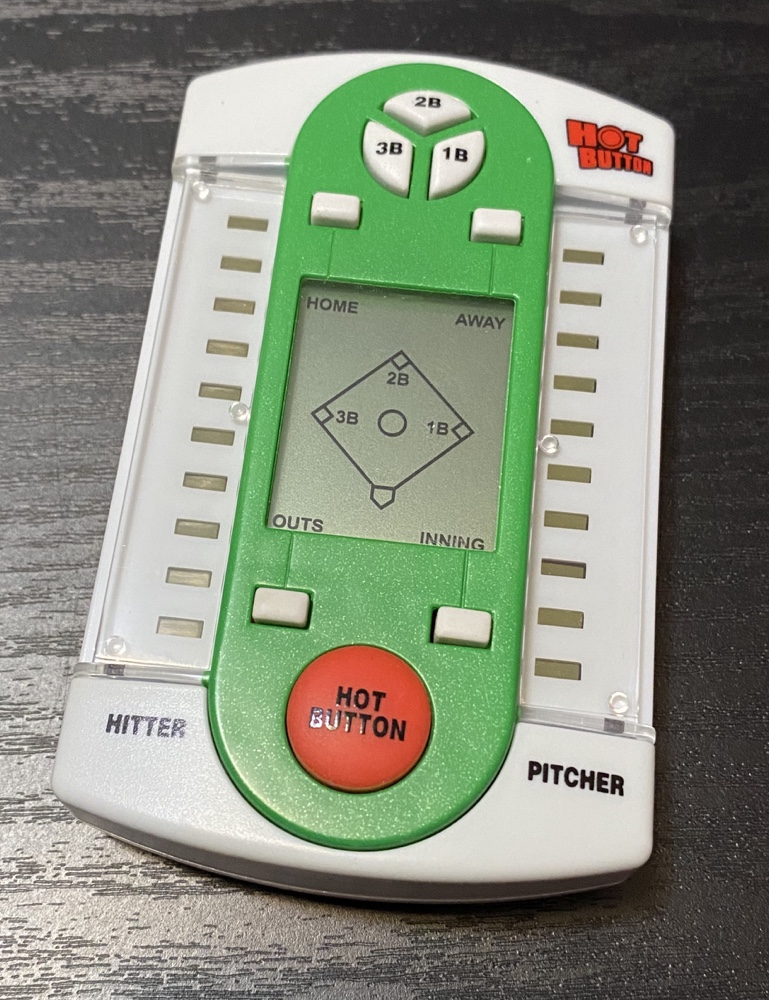
Lots of buttons and what I originally thought were sensors lined up down the sides! It’s fairly compact and had promise. But how did it interact with the cards?
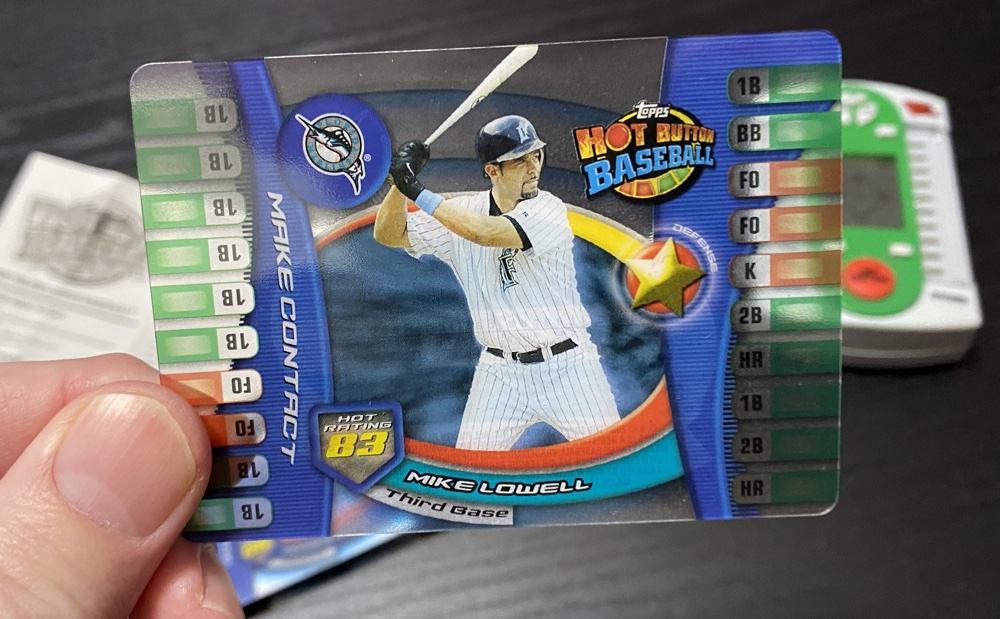
Speaking of which the cards themselves are plastic and transparent, with an amazing amount of littles codes lined up on each side. The backs have stats on the players, so (I suppose) they would be of interest to sports cards collectors as well?
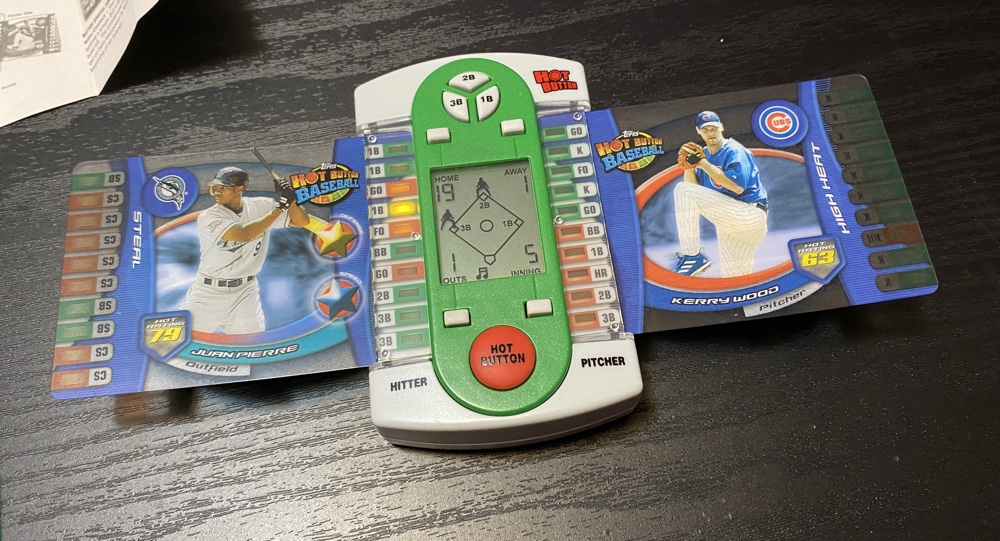
The game is played by making teams with a limited amount of cards (the rules for making teams ate simultaneously restrictive and vague), then slotting the cards into the device like I have here. Then you…. well you just push the red button and watch lights flash randomly.
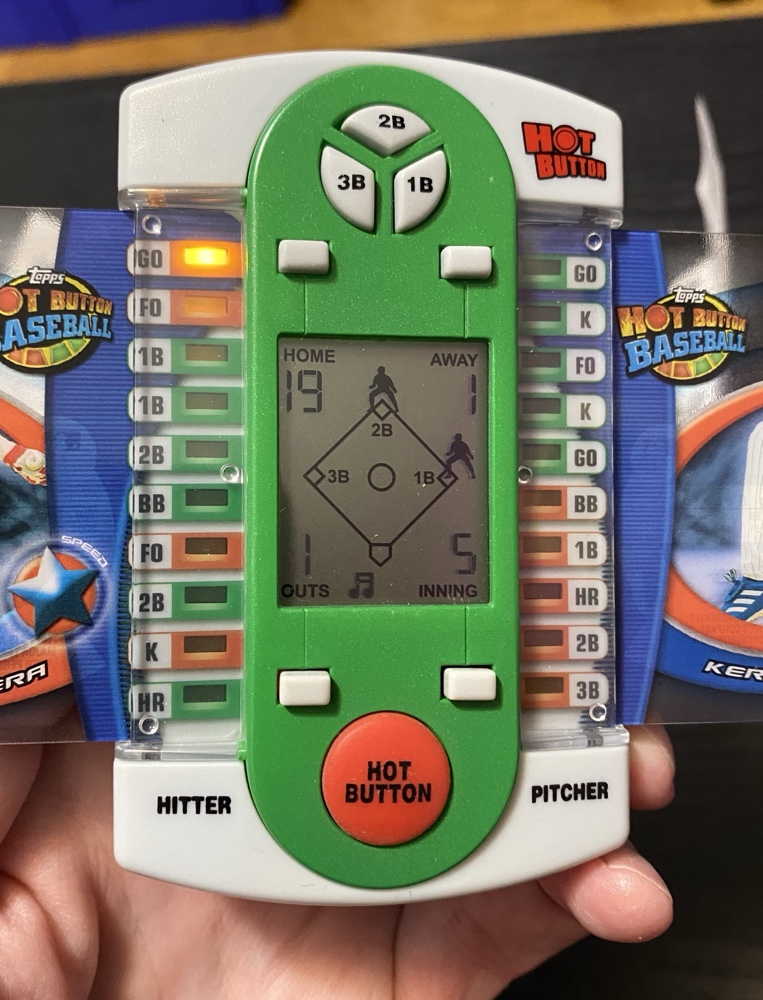
Randomly choosing a light is all this thing actually does! There’s no score keeping, no bar code reading, no calculations or anything. You push the red button, a light randomly lights, and then you decide what that means in the context of the baseball game yourself. In the example above ‘Go’ was lit, which means something different from if anything else was lit.
All the other buttons? They toggle things on and off on the screen for scoring purposes. It would be easier and faster to just use a piece of paper!
So this thing is just a random number generator linked to a bank of LEDs. A curiosity perhaps, but hardly a compelling game.
I packed it away into a box, never to be seen again 🙂